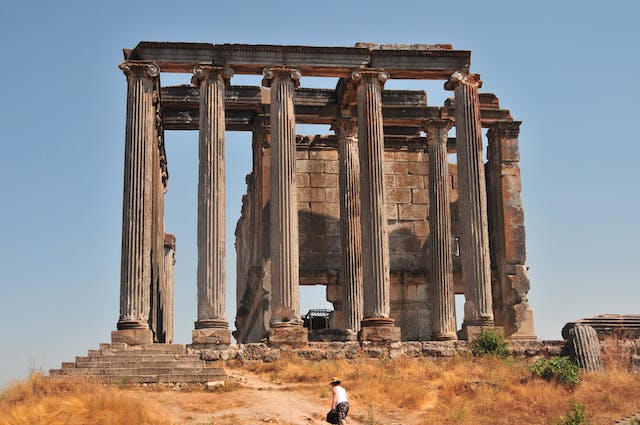We all know how the Greek and Roman architectural styles influenced our world today. Different architectural marvels were built within the Greek and Roman empires thousands of years ago, which are known to exist today still. These structures built by brilliant ancient architects have a significant impact on our modern building designs. When you go to the Lincoln Memorial in Washington DC, you can see the pure historical value embedded in the establishment’s design. Such design is no doubt influenced by the Greek neoclassical style, which is seen in several buildings and monuments today. In addition to this, these neoclassical styles are not only found in the United States; the ancient architectural design could be found in different parts of the globe.
However, distinguishing the difference between Roman and Greek architecture might be difficult for some people. This is a common mistake, mainly because both styles came from ancient times. Interestingly, there are several distinct factors that you can see in Greek and Roman architectures. In this article, we are going to look into the difference and similarities between Roman and Greek architecture.
Similarities Between Roman and Greek Architecture
As mentioned earlier, there are several distinct features that you can find in Roman and Greek establishments. In addition to this, Roman and Greek architectures also share a lot of similarities when it comes to style.
One of the most common similarities you can find in Roman and Greek architecture is the use of architectural orders. Greek is well-known for its share in the development of neoclassical columns that could be found even in modern establishments. If you look at the Lincoln Memorial, you can see different types of Greek orders.
Different types of orders include the Doric, Ionic, and Corinthian; all of these remain a significant part of modern architecture. Furthermore, it is known that the Greeks pioneered this architectural style and had developed such columns, which are found in most of their ancient temples. Roman architects adopted the Corinthian order, which was also a design made by Greek designers. In addition to this, the Roman architects made several modifications to the Corinthian order and made it their own. Over the years, almost all of their establishments were built with the use of Corinthian order. The significance of both Greek and Roman orders became widespread around the globe, and different countries start to use these exceptional designs.
Differences Between Roman and Greek Architecture
Now that we already have an idea of the similarities between Roman and Greek architecture let us look into its differences. Apparently, there are a lot more differences you can find in Roman and Greek architecture compared to its similarities. Although they are both considered classical architecture, they also have several distinct features.
One of the most common differences between Roman and Greek architecture is the types of material they use. Both designs are known to use architectural orders, but the materials they use vary. Greeks are known to prefer marble in creating their temples; on the other hand, Romans are known to have invented concrete, which is why they often utilize this material in most of their structures.
Moreover, Roman architects have a preference for using circular shapes in their designs. Such designs include arches, vaults, and domes, which are all found in most of their buildings. In contrast to this, Greek architects much prefer the use of post and lintel designs in their buildings. This style gives their establishments are stronger and broader finish compared to using circular forms.
Lastly, Greek architects prefer creating buildings and temples that are big enough just for human size. Their architectural style offers a more cramped style that is ideal for small structures. Interestingly, the Roman design showcases a more complex appearance. Roman buildings earned a reputation for their incredibly high ceilings that are built to last. Because of these high ceilings, Roman buildings tend to appear more attractive and stylish compared to Greek designs. The circular form, along with the gigantic size of their buildings, made them truly attractive. These differences are known to be used until today, which is found in different modern establishments.

